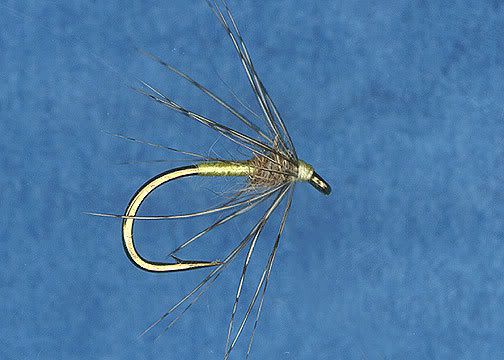What you guys generally refer to as a tag.....is actually called a tip in Atlantic Salmon Fly Tying.....and yes it was "invented" (for lack of a better word) to protect the "Tag" (usually made of floss), from slipping. Not all Atlantic Salmon flies have a tip and a tag.....a LOT do. Some have only a tip and some have only a tag. In classic Atlantic Salmon fly tying, the tip and or tag is to take up no more space on the shank and should be placed on the shank directly above the area between the point of the barb and the point of hook itself. The tip is usually no more than five turns and usually just 3 or 4, and then the tag takes up the remaining space until your above the hook point.
Spey flies differ in that they (their entire body including any tip and or tag, which they generally don't have anyway), are kept entirely ahead of the hook point. Your basic Spey fly has nothing to the rear of the hook point.
But remember, alllllllll of this is old scholl (nothin' wrong with that), stuff and nowdays (specially in free-style tyin'), anything is cool. i really have no idea how tips started being called tags.......and it really doesn't matter what you call it as long as those involved understand eachother

You know how it goes with nomenclactures(sp?).....
Modern blind eye hook design has allowed us to be able to do some pretty wild things with our tips and or tags......the (sometimes) added distance between the two "points" is really cool......REALLY cool.


